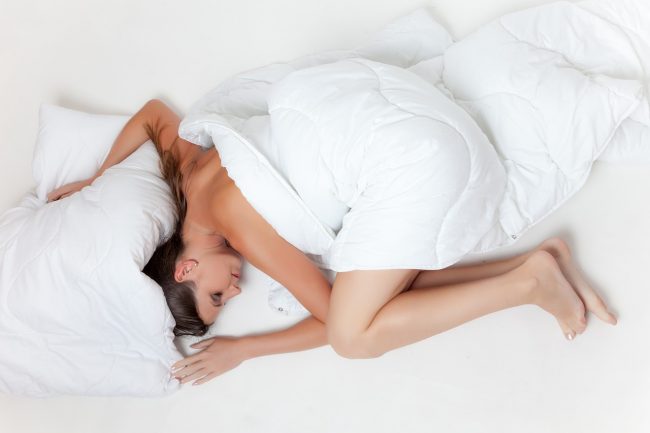
The sleep behavior disorders can turn a good night into a nightmare. But what are the main problems encountered? And how to control them while sleep is essential to our quality of life? This article represents some of the common disorders you must know and how to tackle it.
Insomnia
Among the most frequent sleep disorders, insomnia comes at the top of the list. It can be defined as dissatisfaction with the quantity or quality of sleep with diurnal repercussions. Insomnia may be acute / transient (lasting from two to three weeks) or chronic. The causes of insomnia are diverse. Stress may be one of the leading factors. It is seen that one-fifth of people suffering from rheumatism, asthma, arthritis back pain or diabetes reported insomnia compared to only 12% of people who did not have this type of problem. Other factors responsible for insomnia may be depression, drugs or anxiety.
Sleep apnea
Sleep apnea is a condition in which a sleeper stops breathing for a period of 10 seconds or more. It is sometimes due to obstruction of the airways. A more rare form of apnea has also been identified. It is about central apnea. The brain then fails to send the necessary signals to the thoracic nerve centers so that they resume normal breathing. Finally, mixed apnea combines the two preceding factors. Five percent of women and 15 percent of men are affected. Some will even leave their lives behind.
Sleep apnea is a sleep behavior disorders to be taken seriously. It is a pathology that causes repetitive stops of respiratory flow during sleep. If left untreated, it can lead to serious complications: high blood pressure stroke heart attack motor vehicle collision depression decreased libido injury to work
Sleep apnea can be decreased by eliminating excess weight and observing a better lifestyle: by quitting smoking, exercising, having regular sleep schedules, avoiding sleeping pills, taking alcohol etc.
Sleeping on the side helps to alleviate symptoms of sleep apnea. Indeed, when one sleeps on the back, gravity exerts a pressure on the tissues from the bottom of the throat. This pressure may partially or completely obstruct the upper airways. One of the “tricks” that can be used is to sew a pocket in the back of his pajamas and put a tennis ball before falling asleep. A face mask, connected to an air pump can also correct the problem. This is the spontaneous ventilation in positive continuous pressure (CPAP). Others will resort to dental orthotics that prevents the pharyngeal tissues from closing, or even surgery to clear the airways.
Sleepwalking
Somnambulism is more common in children (often between 7 and 12 years of age), sometimes affecting adults. It occurs mostly during phases 3 and 4 of sleep, or deep sleep. The affected person then gets up from the bed and wanders around the house, sometimes outside. In the latter case, the risks are obviously higher.
Generally, sleepwalking is due to lack of sleep, excessive stress, anxiety or alcohol consumption. To protect the one with such disorder, it is recommended to install protective barriers on stairs, reinforce door and window locks, and place protective elements in hazardous locations.
Hypersomnia
In contrast to insomnia, hypersomnia results in long and deep bouts of sleep. It is a neurological disease characterized by excessive somnolence during the day (sometimes more than 10 hours). The affected person, however cannot recover and wakes up tired. She/he will fall asleep several times during the day. Even the diurnal naps will not allow him to recover. To wake up, he will need several alarms, or even help from another person to get up in the morning.
Nacrolepsy
Narcolepsy is a chronic sleep disorder. Its symptoms are sleep problems and abrupt daytime sleepiness. What are its causes and treatment? Also known as Gelineau’s disease, is a chronic sleep disorder. A narcoleptic person experiences excessive sleep, fatigue and may suddenly and unintentionally falls asleep. This diurnal drowsiness can occur at any time, at work, in transportation or on the street.